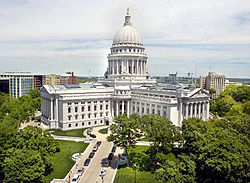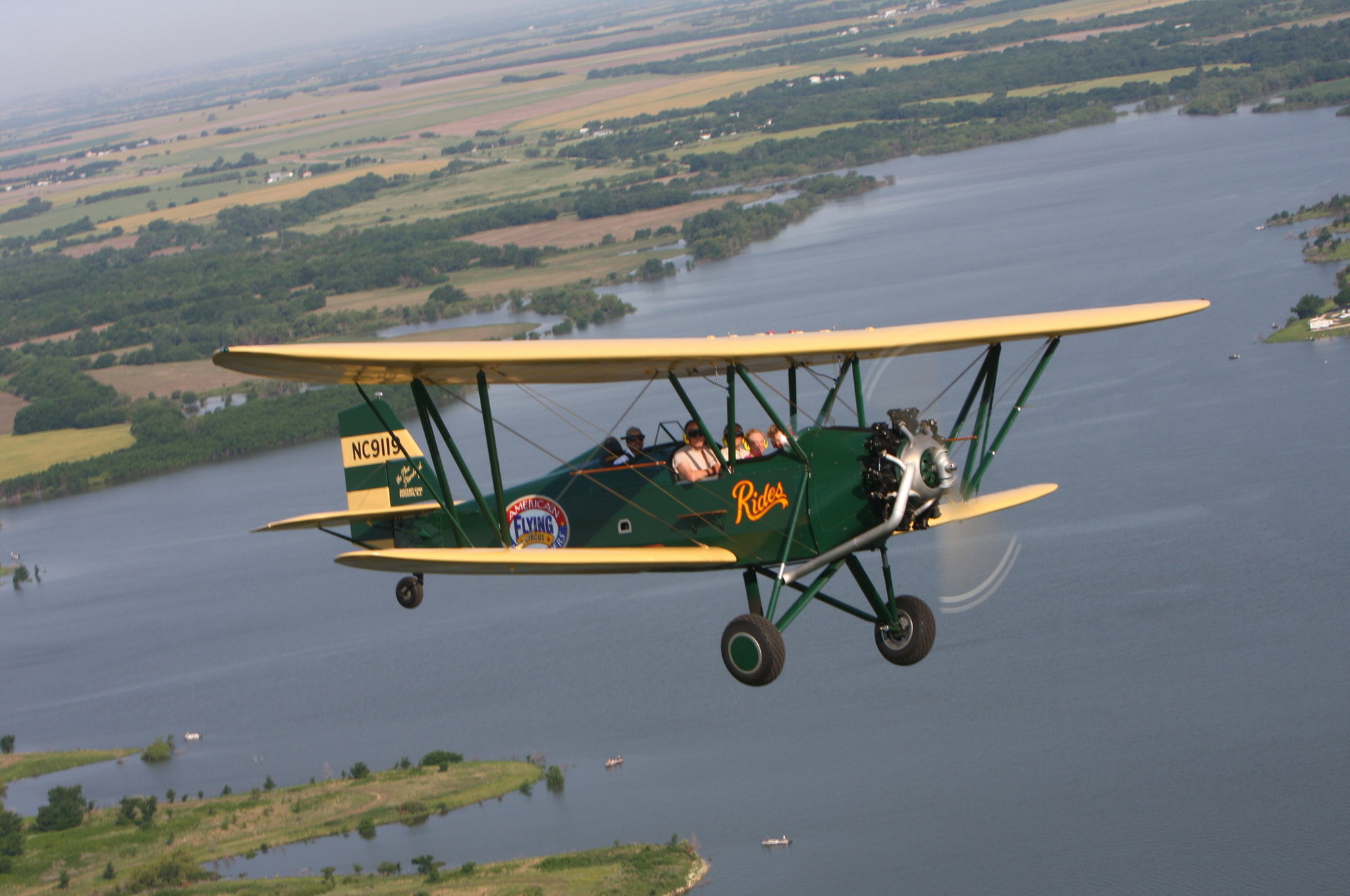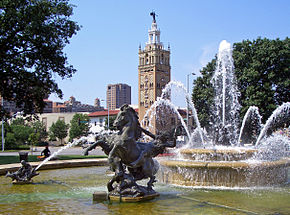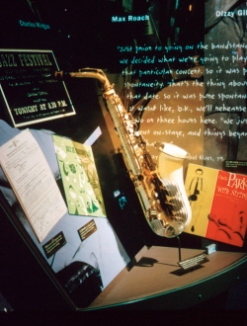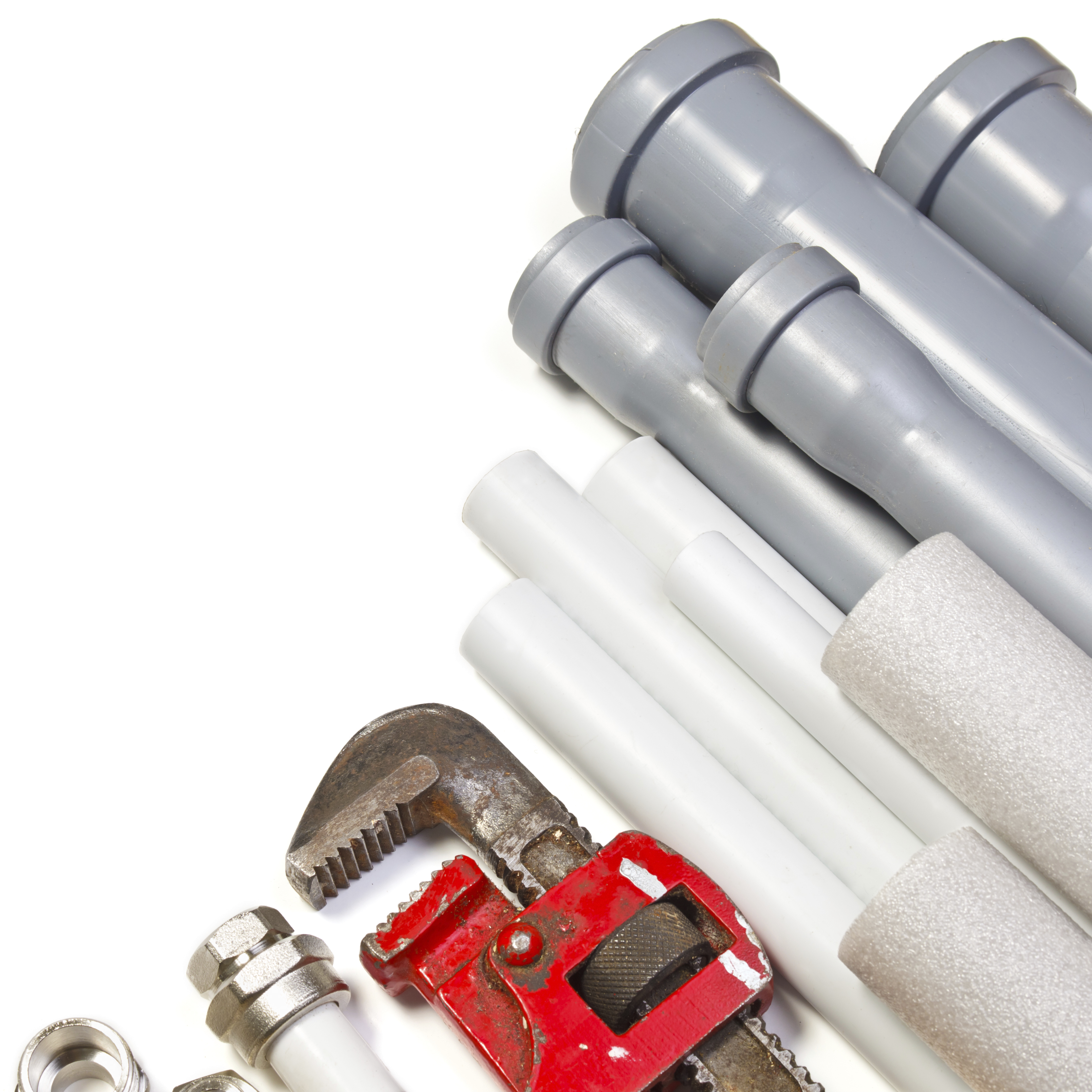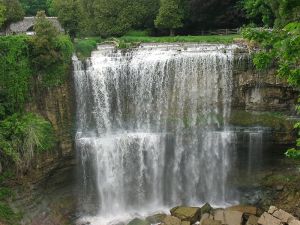Plumbing systems are pretty simple – they use pressure and valves and you just have to keep them dry  and warm so problems don’t arise. Here are a few tips that can alert you to small problems in order to avoid bigger problems in the future.
and warm so problems don’t arise. Here are a few tips that can alert you to small problems in order to avoid bigger problems in the future.
Warning signs of a potential in-home plumbing problem:
- damp cabinets
- leaking or dripping faucets
- wobbly toilets
- leaking refrigerator, dishwasher or washing machine
What you can do to help preserve the integrity of your in-home plumbing:
- To save yourself money and the plumber time, know where your home’s main water shut-off valve and sewer stack are located. (This also includes the valves for washing machines, icemakers, sinks and toilets. A stud sensor can also detect pipes and wiring to help you locate valves.)
- Insulate exposed pipes in a crawl space or in the garage with plastic or foam insulation.
- Apply insulating caps to outdoor fixtures.
- If you plan on being away from home for a few days, open taps to a small trickle to prevent pipes from freezing.
- For leaky shower heads, replace the washer.
- Fit tub and shower drains with strainers to catch hair and clean them regularly.
- Don’t use your toilet as a wastebasket.
- If you have hard water, you probably have a build-up of mineral deposit on your shower head. Remove the build-up by putting one cup of distilled vinegar in a plastic bag, immerse the shower head in the vinegar, secure the bag to the shower head with a twist tie and let it soak overnight.
- Check washer hoses for bulges and leaks as well as sediment build-up where the hose connects to the piping.
- Ensure the water heater temperature is not set above 120°F, or “medium” for older water heater models.
- Reduce water pressure and install water softener to expand the life expectancy of your in-home plumbing pipes. Normal pressure will register between 40 and 85 psi.
To find out how to help protect yourself in the event of an in-home plumbing emergency, visit www.slwofc.ca.


